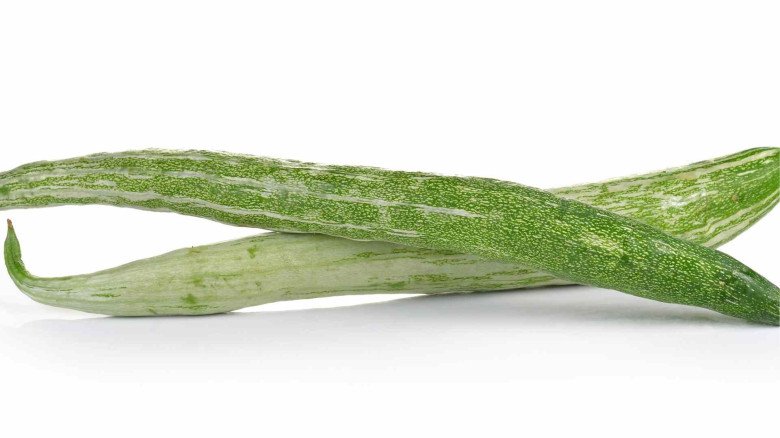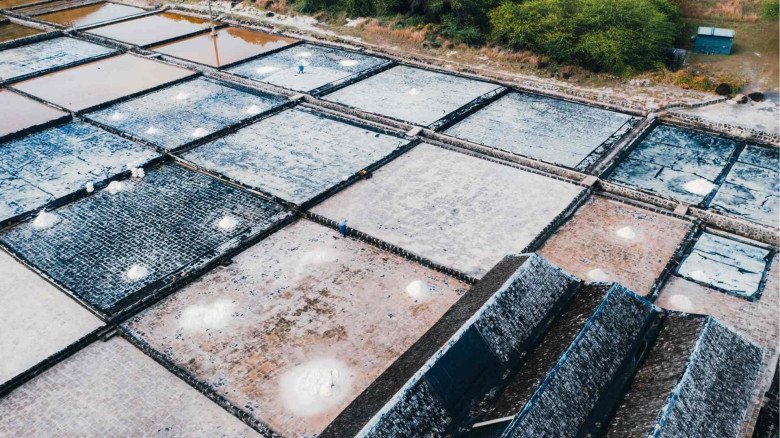A Guide to Successful Sapota Cultivation | Techniques and Tips
From selecting the ideal location to gathering the fruits, cultivating sapota, often referred to as chikoo, entails a number of procedures. For best development, certain parameters must be met by this tropical fruit. Sapota is a delicious tropical delight that can be grown with ease if you have the correct knowledge. You will get all the information you need from this guide to turn your backyard into a productive sapota orchard.
Preparing the Ground for Agriculture
The three golden keys to creating a sapota sanctuary are soil, sun, and space. Look for a spot in full sun with sandy or loamy soil that drains well. Just like a sieve for extra water that might damage your seedlings, efficient drainage is essential. Select an area with sandy or loamy soil that drains well and has a pH of 6.0 to 7.5. When should I plant when the rainy season begins? Just right! Give your seedlings plenty of freedom to stretch their branches and enjoy the sunlight by placing them around 10 to 12 metres apart.
How to Grow an Orchard From Seed to Fruit
From the Seed to the Sapling Seeds or grafting are the two ways to get to your sapota heaven. While seeds are less expensive, grafting guarantees that desired features from the parent tree are reliably carried on. Either way, dig large trenches and fill them with well-rotted compost or manure to give your saplings an extra nutritional boost. Consider it a gourmet dinner for your soon-to-be fruit stars.
Watering: It's important to water regularly, particularly in dry seasons. For growth and fruit development, sapotas need consistent moisture. Irrigation using drip? It is a water-saving wonder, making sure your trees get the perfect amount without becoming submerged in a puddle.
Feeding Your Sweet Potatoes: Throughout the growth season, balanced fertilisers in a 10-10-10 ratio are your friends. After taking this miracle elixir in divided dosages for the first several years, as your trees become older, cut down on the nitrogen. An additional layer of nutrients is added to the soil by organic manure, much like rich compost.
Mulch: Organic mulch is a great buddy for the base of your trees, acting as a kind of cosy blanket made of leaves or straw. It moderates soil temperature, inhibits weed growth, and aids in moisture retention—a paradise for contented roots.
Pruning: When trees are pruned properly, they are shaped for maximum growth and solar penetration. Consider it like opening the curtains to let in more fresh air and lower the chance of bothersome illnesses. Remove unhealthy or dead branches on a regular basis. In the dormant season, it's important to remember to shape gently.
Protecting Your Sapotas Against the Fury of Winter: Because they are susceptible to frost damage, sapotas should not be exposed. When planting in frost-prone locations, place plants next to trees or other protective structures. Because they are susceptible to frost damage, sapotas should not be exposed. When the weather becomes cold, young saplings might benefit from a warm blanket made of frost fabric.
Monitoring for aphids, mites, and scale insects is important for both disease defence and pest patrol. Always remember that prevention is the key! Chemical and organic pesticides may be your friends, but only if you apply them sensibly and according to authorised use protocols. Your strongest defences against root rot and collar rot are adequate drainage and avoiding waterlogging. Consider it as fortifying yourself against these intruders.
Taking Care of Harvest: When your sapotas are ready to be picked, they will be five to eight months after they blossom. Select fruits that are firm but mature, since they will continue to ripen off the branch. To harvest a tree gently and without causing harm to it, use pruning shears. Take caution while handling sapotas to avoid cuts or injuries. Keep them cold and in a place with good ventilation. When kept in the right circumstances, sapotas may be kept for many weeks. Examine consumer trends and market demand before beginning sapota planting. Recognise consumer preferences when looking for new markets or customers for your goods.
Your Trip With Sapota Is Ahead: Nurturing Delightful Achievement
These tips will help you grow a healthy, bountiful sapota orchard that is bursting with flavour. Recall that the key components to a successful sapota farm are meticulous preparation, appropriate maintenance, and a healthy dose of enthusiasm. What are you waiting for, then? Take on a voyage of tropical pleasures by grabbing your gardening hands and discovering the delicious secrets of sapota cultivation!
-logo.webp.png)
.jpg)
-logo.webp.png)


































Leave A Comment